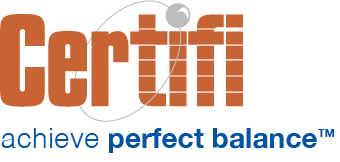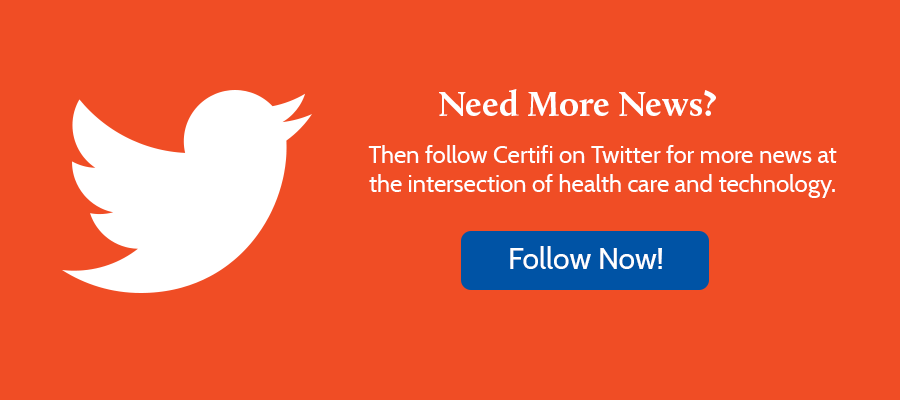Recently, a rather revolutionary event occurred in the NFL. One star player, Calvin Ridley of the Atlanta Falcons, walked away from the game, apparently to improve his mental health. Another star player, Lane Johnson, opened up about his struggles with anxiety which caused him to miss multiple games. It was an eye-opening experience in a league that traditionally paid little heed to players’ mental health struggles. The NFL traditionally only expected players to only miss games because of physical ailments, not mental ones.
Ignoring employees’ mental health can harm a business. According to a Harvard Business Review article, it can lead to increased absenteeism, poor performance, and ultimately increased attrition. So improving your employees’ mental health can improve your business performance.
To help employers create strategies to help improve employee mental health, here’s a short guide to improving employee mental health:
Preventive Care
In the wake of the COVID-19 pandemic and return to work protocols, Optum surveyed employers to determine which tools and resources were available to employees. According to those survey results, 46% of employers offered digital self-help for anxiety and depression, while another 30% of employers were planning to implement those tools.
That’s good news for employees. Like any health issue, early detection and preventative measures can go a long way toward limiting long-term effects. There are many platforms available to help employees with behavioral health coaching or developing mental skills to help employees grow. Among them:
- Ginger — Ginger is a platform that delivers instant access to mental healthcare. The tool leverages text-based behavioral health coaching, video therapy, and personalized skill-building activities to improve employee health.
- BetterUp — BetterUp not only helps employees manage their mental health but also offers performance coaching solutions for employees.
- Spring Health — Spring Health offers a mobile app that enables individuals to take a mental health assessment and a care navigator that helps them get the care they need.
- Headspace — Headspace offers meditations and exercises designed to address mental health issues.
Promote Employee Assistance Programs
Employee assistance programs (EAP) help employees resolve personal problems. Originally, they were designed to help employees with substance abuse issues. Today they cover a wide range of issues, including mental health.
It’s estimated that as many as 79% of employers offer some type of EAP and as many as 95% of companies with more than 5000 employees. Yet, few employees take advantage of those assistance programs. This is why employers need to work to increase the utilization of their EAP programs. Here are some tips:
- Create a Compelling Message — Many employees likely aren’t aware of the services offered by your EAP. Like any marketing campaign, you need to craft messaging that resonates with your employees and then create a plan to get that message in front of them.
- Accentuate Confidentiality — Many employees may be afraid to use employer resources because they feel whatever they share may find its way back to their employer and adversely affect their employment. So put that fear to rest by accentuating the non-disclosure aspects of your EAP program.
- Leverage Leaders — Your managers are the key to spreading the word. Good leaders ask how their employees are doing and follow that up by asking how they can help. Arm them with information about EAP resources so they can help their direct reports access those resources.
Cultural Changes
Employers may solve the underutilization of EAPs by using the above approaches, but it may persist if there’s a culture that doesn’t support employees with mental health issues. Implementing all the mental health programs in the world may not work if there’s a culture that attaches a stigma to mental health problems. If your business operates like the NFL formerly did — essentially stigmatizing those with mental health problems — then it won’t be shocking if employees are afraid to access mental health resources.
A foundation of trust helps build cohesive teams. Creating an environment of psychological safety relies on employees to trust their managers and their peers. As a result, leaders need to overcommunicate the mental health policies, practices, and benefits available to employees.
The pandemic has also displayed how important flexibility is to organizations. Offering remote work opportunities and work/life balance can have a significant impact on an employee’s mental health. Some organizations have fought Zoom fatigue by creating no-meeting days. Others have created specific times of day where meetings aren’t allowed so employees can focus on their work.
I mentioned earlier that good leaders ask how their direct reports are doing, not just what they’re doing. That simple question can not only help forge a better relationship but also empowers employees to seek help if they are having issues. Businesses that are flexible and promote mental health are going to be more likely to retain employees and likely will improve employee performance. But it may take a cultural realignment to achieve those results.
Certifi’s William is automated premium billing and payment software that streamlines benefits billing and payment solutions for employers.



